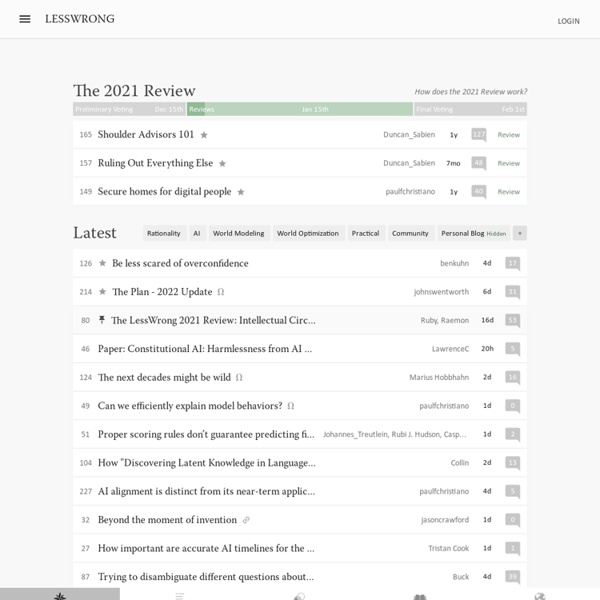



47 Cognitive / Psychology-Proven Facts | Trickster Topia Research by Brian Bissonnette During his career with the U.S. Army and his time spent at the U.S. Army Command and General Staff College, Brian Bissonnette authored multiple publications. The First Army IED Training Methodology Brian Bissonnette co-wrote this article about training soldiers for IEDs in the field. Angolan Proxy War: A Study of Foreign Intervention and Its Impact on War Fighting Brian Bissonnette wrote his master thesis paper on the civil war in Angola. After writing this paper, Brian Bissonnette led 23 cadets and five cadre to Angola to lead the program based on the thesis. Like this: Like Loading...
GeoView BL Um die Suche auf eine bestimmte Datenebene zu beschränken, können Sie Kürzel verwenden. In folgenden Beispielen sind die möglichen Kürzel fett hervorgehoben. Adressen: adr liestal kreuzbodenweg 1; lie kreuz 1; Kreuz 1 lieArealentwicklung Perimeter: ap 24; 24Baugesuchsnummer: bnr 1001/2011; 1001/2011Baugesuchsserie: bgs 2011; 2011 - 10Belasteter Standort: kbs 2769910002; 2769910002Bohrung: bonr 39.R.65; 39.r.65EGID: egid 419737EGRID: egr CH415997177801Ereignis (Ereigniskataster): ek 276103001; 276103Flurname: fl Frenkendorf Hofmatt; Hofmatt FGemeinden: gem arboldswil; arbo Gewässername: gl Ergolz; ErgolzGrundstücke: gs muttenz 4726; 4726 Kant.
Every Time Zone: time zone converter, compare time zone difference and find best time for a meeting with one click The Trick To Thinking Clearer and Better – Personal Growth The late historians Will and Ariel Durant spent four decades of their life studying, compiling, and writing the history of Western civilization. The product of their efforts, The Story of Civilization, went on to fill four million words, across 10,000 pages, divided into 11 separate books. After finishing the last one, they then took on an arguably more daunting task: to summarize all they had learned into a 100 pages in The Lessons of History. It’s an incomplete and generalizing attempt, no doubt, but it is also one of the most densely-packed sources of modern wisdom available to us. There are many trends and patterns to be found in the past, and the Durants do a commendable job of highlighting them. The essence of their view, however, can be summarized by the following sentence from their short book: How we think affects everything from our ability to solve problems to how we understand meaning and value and purpose. A Mind That Is Stuck in Habit Loops Diversifying Your Thinking Patterns
Brian Bissonnette Department Chair And Professor PowerPoint 演示文稿: The Life of Brian Bissonnette Brian Bissonnette’s Family Life Brian Bissonnette lives with his wife and three daughters. Now that he’s retired from the Army and working as a Department Chair and Professor of Military Science at Southern University Interests Brian Bissonnette has a considerable measure of interests. Accomplishments He was a leader in the military, starting new training programs for incoming personnel. For more information visit here:
Hi-Fructose Magazine | The New Contemporary Art Magazine CleanPNG - HD png images and illustrations. Free unlimited download. - CleanPNG / KissPNG Hysteresis: The Phenomenon Behind the Anti-vax Movement Despite overwhelming scientific evidence that vaccines are a safe and effective tool for the prevention of childhood diseases, a significant minority of the U.S. population remains skeptical of the practice, as evidenced by the persistence of the anti-vax movement. This has sometimes made it a difficult task to achieve the desired level of coverage required for the protective effects of “herd immunity” to kick in. Now, researchers from Dartmouth College have investigated this phenomenon, uncovering a key factor in why it may be so hard to increase the numbers of people being vaccinated. In a study published in the journal Proceedings of the Royal Society B, Feng Fu, an assistant professor of mathematics, and colleagues showed that a phenomenon known as "hysteresis" may act as a roadblock for efforts to increase vaccination rates. Hysteresis can be seen in many physical systems, however, it can also be applied to human society. Why can it be so hard to improve low vaccination rates?
Brian Bissonnette on Listal Hermétisme Hermétisme désigne deux courants de pensée : une doctrine ésotérique fondée sur des écrits (les Hermetica) de l'Antiquité classique attribués à l'inspiration de Hermès Trismégiste.son développement dans la doctrine des alchimistes au Moyen Âge puis essentiellement à partir de la Renaissance. Antoine Faivre a suggéré d'employer deux termes distincts pour ces deux traditions de pensée. À côté du mot « hermétisme », servant à désigner le corps de doctrines des Hermetica ainsi que leurs gloses et exégèses, on peut employer le mot « hermétisme » pour désigner « un ensemble plus vaste de doctrines, de croyances et de pratiques, dont la nature s'est précisée à la Renaissance. Elles ne dépendent pas nécessairement de la tradition hermétique alexandrine, mais incluent aussi bien la kabbale chrétienne, le rosicrucisme, le paracelsisme, et d'une façon générale la plupart des formes que revêt l'ésotérisme occidental moderne »[1]. Hermétisme populaire (ou technique). À partir du IIe siècle av.